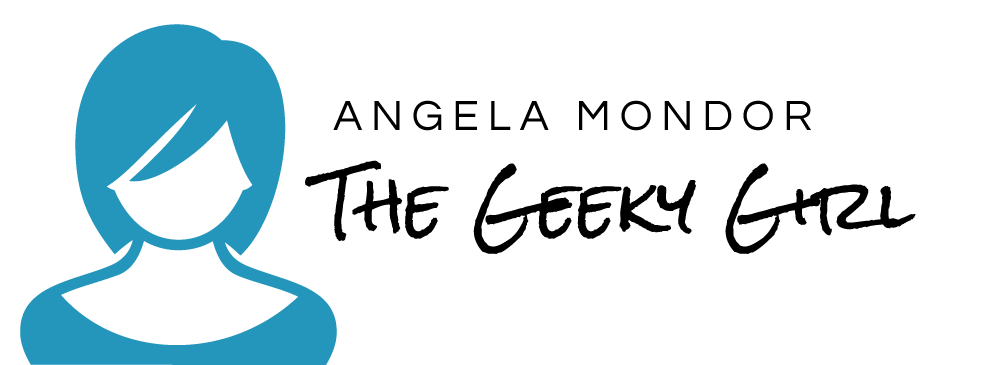You know the feeling. You’re going to “just check one thing” or “work on this for 10 more minutes,” and suddenly it’s Tuesday of next week and you haven’t peed, eaten, or blinked in what feels like a decade. Welcome to the glamorous life of hyperfocus—a double-edged sword if there ever was one. Especially for those of us with neurodivergent brains, this ability to lock in with laser-like intensity can be both a superpower and a one-way ticket to burnout. So let’s talk about how to stop letting rabbit holes eat your entire week, and start using hyperfocus to your advantage—without frying yourself like an egg on the sidewalk in July.
The Allure of the Rabbit Hole
Hyperfocus can feel amazing. You’re deep in the zone, crushing your to-do list, building Rome in a day—and then the spell breaks. Suddenly you realize you haven’t stood up in six hours, your coffee is ice cold, and oh look, it’s pitch black outside. Fun!
This kind of tunnel vision feels productive, and sometimes it truly is. But the cost can be steep: missed meals, aching muscles, dehydration, and that special kind of exhaustion that makes getting out of bed the next day feel like climbing Everest. You’re not lazy—you’re just wiped out from sprinting a marathon with no water breaks.
The truth is, if we’re not intentional, hyperfocus stops being a productivity tool and becomes self-sabotage in disguise. The trick? Learning to wield it with care, like a lightsaber. Yes, you’re powerful. But also, please don’t cut off your own leg in the process.
Body? What Body?
Here’s the thing about living in your head: your body becomes a background character, and not the fun comic relief kind. When you’re in hyperfocus, it’s dangerously easy to ignore basic needs. Bathroom breaks? Who needs ’em. Food? Optional. Water? You mean coffee, right?
Ignoring these signals isn’t just a minor oopsie—it’s a fast-track to burnout. That moment when you finally surface and realize you’re hangry, dehydrated, and one mild inconvenience away from a full meltdown? Not ideal. And if you’ve ever wished to get just a little sick so you could take a break? Yikes. That’s your body filing a formal HR complaint.
So yes, we have to re-learn to listen. Start with the basics: drink water before you’re parched, eat before you’re starving, and stretch before you morph into a gargoyle statue. Treat yourself like a houseplant—sunlight, hydration, and the occasional snack. Revolutionary, I know.
Schedule the Spiral (Seriously)
If you know you’re prone to rabbit holes, schedule them. I know, I know—it sounds like putting a leash on a dragon, but hear me out. If you know a task will suck you into the vortex, plan your day to accommodate it. Set boundaries before you’re knee-deep in a Wikipedia spiral about the mating habits of narwhals.
Block off chunks of time for deep focus, but pair that with pre-planned interruptions. Smart alarms, calendar nudges, even a talking speaker yelling “HEY YOU, GO OUTSIDE” can be your best friend. I use Google Home to remind me to move, hydrate, or laugh at a corny joke. It’s weird, but it works.
Also? Don’t schedule a focus marathon when you only have 45 minutes between meetings. That’s like deciding to bake a wedding cake during a commercial break. Give yourself the actual time you need—or save it for when you do have that buffer. Respect the spiral. Contain the chaos.
Time Blindness Is Not a Vibe
Let’s talk time blindness. It’s that charming tendency to have no idea how long something takes, how much time you have before your next meeting, or why you’re late even though you started getting ready early. Welcome to the club.
One sneaky way time blindness shows up? The “hurry up and wait” trap. You’ve got a 2 p.m. appointment, so you spend all morning frozen, unable to start anything because you “have to leave soon.” Spoiler: you could’ve written a short novel in the time you spent staring at the clock.
The workaround? Intentionally schedule “brainless” tasks during those pre-appointment hours. Household puttering. Light admin work. Anything low-risk that won’t suck you into a black hole of productivity right when it’s time to leave. Planning around your patterns isn’t a weakness—it’s the secret sauce of working with your brain instead of fighting it.
You’re Not Lazy — You’re Out of Fuel
Look, if you’ve ever pushed yourself so hard that you crash for two days afterward, that’s not “being bad at adulting.” That’s your body screaming, “I warned you!” Many of us have been taught (hello, trauma!) to ignore our limits. But the truth is, breaks aren’t lazy—they’re maintenance.
When you learn to recognize early signs of burnout—irritability, fantasizing about being too sick to work, the inability to make a sandwich—you can respond before you crash. Taking a break when you’re tired is productive. It’s how you avoid losing two days to exhaustion or illness.
Treat your energy like a bank account. Hyperfocus might feel like winning the productivity lottery, but if you’re overdrafting every time, it’s not sustainable. You don’t need to be more disciplined—you need to stop spending your energy like it’s infinite. Spoiler: it’s not.
Hyperfocus isn’t the enemy—it’s a gift. But like all superpowers, it needs some boundaries, a few snack breaks, and a whole lot of self-compassion. You can be that focused powerhouse who knocks projects out of the park and remembers to pee. The key is planning for the spiral instead of getting steamrolled by it.
Remember: your worth isn’t measured by how much you get done before you collapse. Your brain is unique, your patterns are valid, and with a little structure, you can use that hyperfocus to fuel your success—not your burnout.
So go forth, dive deep, and don’t forget to come up for air (and maybe a granola bar). You’ve got this.


